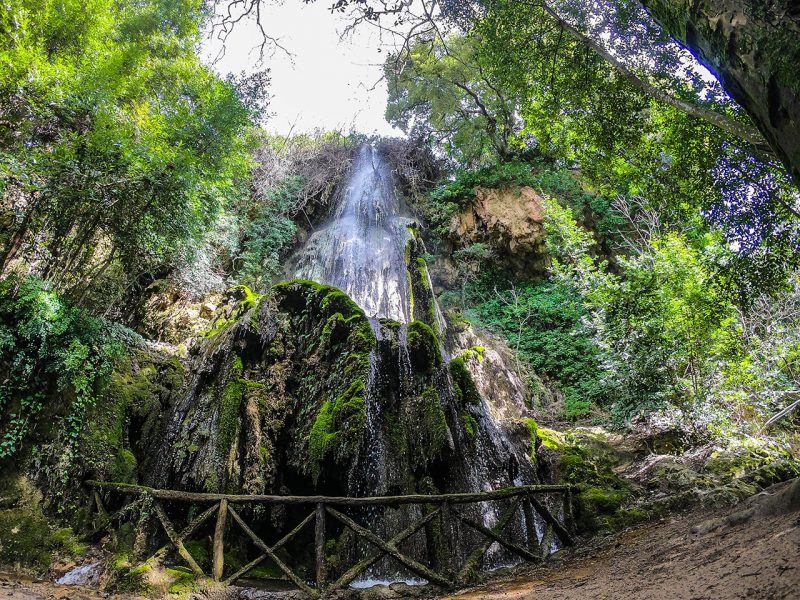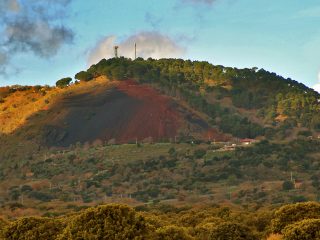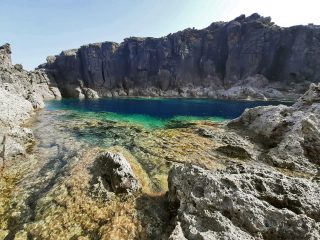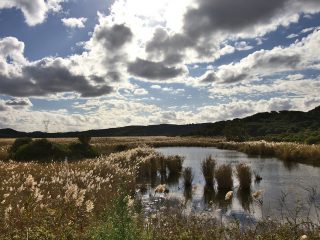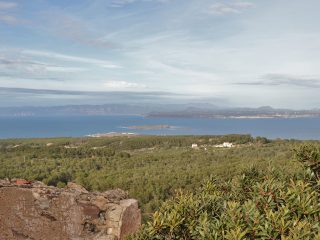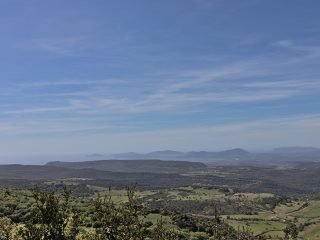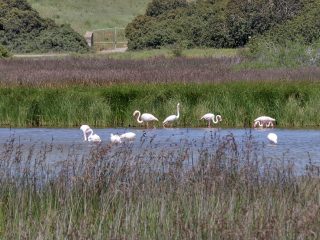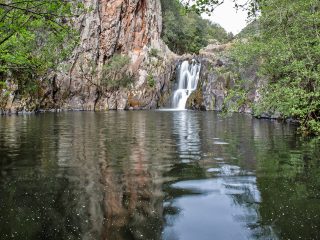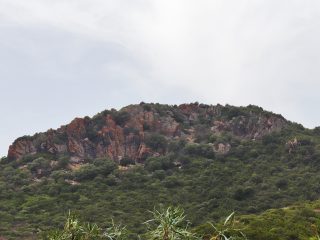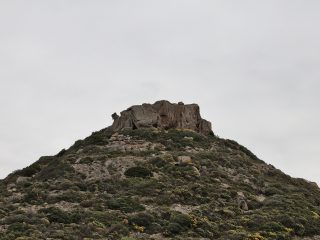The Parco Aymerich sits in the district of the town of Laconi, in the Province of Oristano.
This vast green area is the largest urban park in Sardinia. Furthermore, it is one of Sardinia’s Historical Gardens and can be considered a natural, open-air museum. The park is the natural evolution of the antique garden at the palazzo belonging to the Aymerich family, feudal lords in the area until the XIX century.
The park with Italian Aymerich garden covers an area of around 22 hectares. The garden was created by the botany enthusiast, Marquis Ignazio Aymerich (Cagliari, 1808 – Cagliari, 1881). Around 1830, the marquis created the nature reserve, by planting hundreds of rare plants brought back his frequent trips around Europe and the rest of the world.
From the main entrance in via Don Minzoni, inside the dwelling, the itinerary starts in a forest of local species and fruit crops. Here we can find specimens of holm oaks, downy oaks, cherry, olive, carob trees and strawberry trees. The scenery which acts as a backdrop to the vegetation is interspersed with natural caverns, lakes, brooks and waterfalls, including one of the most important ones, the Cascata Maggiore.
Water is another feature found in the park in abundance throughout the year, thanks to the confluence of spring waters.
Along the route of the various pathways, we can admire different species of wild orchids, some of which are widespread. Worth pointing out along the tree-lined routes are the different exotic tree species, including the magnificent Lebanese Cedar and the Deodar Cedar. These include the oldest and most magnificent specimen, which is a Lebanese Cedar personally planted by Ignazio Aymerich in 1835. Brought directly from the Middle East, it is considered an authentic natural monument, included in the national list of monumental trees. The tree is almost 30 metres high with a trunk circumference of around 4.5 metres.
Of no less importance are the specimens of Pinus Nigra and English Yew. We find other exotic specimens in the Italian garden such as Colletia cruciata, nowadays listed
as a national monumental species.
Walking through the park towards the summit of the hill, we come to a belvedere, where the ruins of a Medieval castle can be found. Built in the XIII century on the remains of an ancient Byzantine castrum it was used to control the borders between the Giudicati of Arborea and Cagliari.
The park extends across a steeply sloping hillside and is run by the regional “Forestas” agency, while the Italian garden is a private area of around 2 hectares and sits to the front of the historical residence of the Aymerich family.


